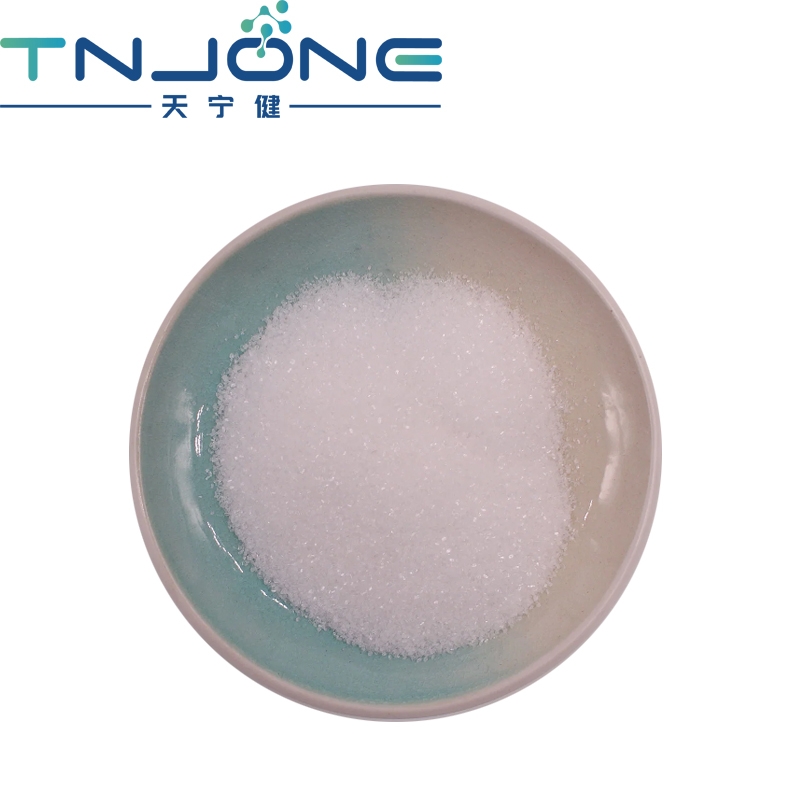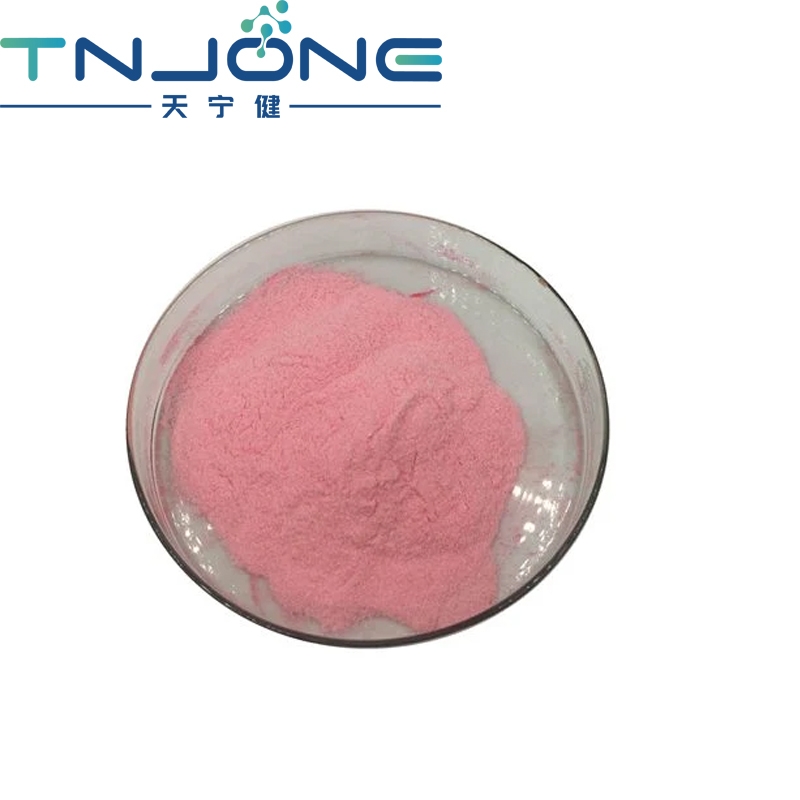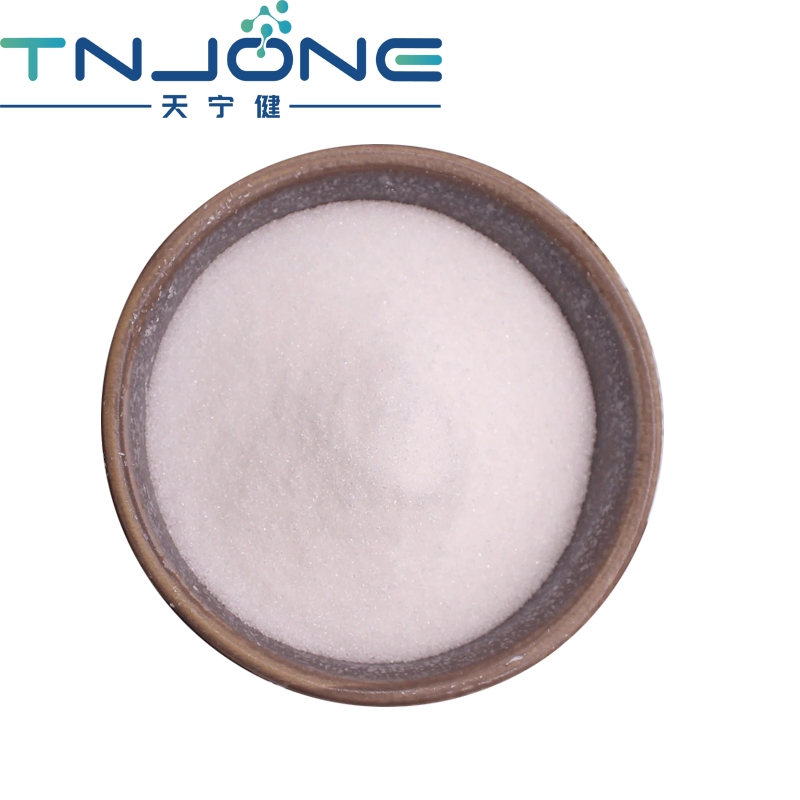Researchers at Southeast University have discovered a new mechanism for digesting algae in cells
-
Last Update: 2021-03-09
-
Source: Internet
-
Author: User
Search more information of high quality chemicals, good prices and reliable suppliers, visit
www.echemi.com
June 6, 2018, proceedings of the Royal Society B, with the longest length (10 pages) in history, reported online on the research paper "Phagocytic intracellation in amphioxus" written by Lu Zuhong, He Chunpeng, and others at Southeast University, and was reviewed by Nature in high light.
the Royal Society of Science is the world's oldest scientific journal and one of the 30 biological journals on nature's index list. This publication of Southeastern University Lu Zuhong, He Chunpeng teachers and students research paper, found that Wenchang fish blind sac is a digestive organ that performs intracellular digestive mechanism, the first time with direct evidence to prove the real existence of intracellular digestive mechanism in multicellular animals, denied the popular 170-year-old theory of liver blind sac. This is a major theoretical breakthrough in the history of biology.
intracellular digestion is generally considered to be unique to single-celled animals. It is generally accepted in the academic community that multicellular animals digest food in an extracellular way. Lu Zuhong, He Chunpeng teachers and students in more than 10 years of research on the origin of vertebrate liver and pancreas evolution, unexpectedly found that Wenchang fish digestive tract (especially the blind sac part) epithelial cells can directly devour algae and other food particles, and can effectively digest, absorb and use it. Wenchang fish digestive tract endotrine cells through a strong digestive and immune function gene group, not only can directly in the cell to degrade algae into amino acids, oligopeptides, oligosaccharides, oligonucleotides, fatty acids, vitamins and trace elements and other nutrients, but also can effectively degrade algal toxins and other harmful substances, to directly convert algae into absorbable, non-toxic nutrients (see figure below).
ecological pollution control and effective use of algae has been a difficult scientific problem all over the world. The existing algae treatment method is expensive, the technical path is tortuous and the practicality is poor. The research results reported in this paper not only deepen people's understanding of the evolutionary origin of vertebrates, but also point out the direction for algae environmental pollution control, the comprehensive utilization of algae biomass, such as the conversion of algae into feed raw materials and other applications. The results will bring about disruptive changes in ecological environment management, feed industry structure and other related fields.Figure 1. Wenchang fish digestive tract skin cells can directly devour food particles such as algae
The pancreas is similar and the development also comes from the rear cell group of the preintestinal embryo layer, so Wenchang fish blind sac is the focus of the research on the origin of liver and pancreas evolution in vertebrates, and it is the core of relevant research to correctly understand the physiological function and development source of Wenchang fish blind sac. For more than 170 years, the physiological positioning of Wenchang fish blind sacs has been highly controversial. In 1844, based on morphological observations, Müller proposed that the Wenchang fish-blind sac was an evolutionary prelude organ of the liver of a vertebrate, and therefore defined the blind sac as the hepatic sac (hepatic diverticulum). Van Weel, using a common optical microscope in 1937, observed that Wenchang fish blind sacs can absorb small particles, so it is thought that blind sacs may be a digestive organ, the same origin as the evolution of the exocrine pancreas of vertebrates, so the definition of blind sacs is digestive blind sacs (Digestive diverticulum). Recent studies have shown that Wenchang fish-blind sac endocystal cells can also express a certain number of immune genes, such as VCBPs (Litman, 2002), so some scholars have suggested that blind sac is a primitive immune center. Now all three viewpoints are popular, which are accepted by different scholars, and even the discussion of Wenchang fish blind sacs in global biology textbooks and monographs are deeply different, which seriously affects the whole understanding of the origin of vertebrate evolution. Due to the high endogenous enzyme activity of Wenchang fish blind sacs, conventional fixation methods cause them to dissolve quickly and self-dissolving during the fixation process, so convincing direct results of high-resolution cell morphology based on transmission electron microscopes cannot be obtained. At the same time, there are no holistic studies based on transcriptional or proteomics studies, so the physiological positioning of Wenchang fish blind sacs has been unclear.
In the past 10 years, Lu Zuhong He Chunpeng teachers and students based on independent research and development of a special fixed method that can effectively fix the active tissue of high endogenase, combined with full-length transcription library preparation and sequencing technology, supplemented by in-place hybridization and quantitative PCR technology, in the history of biology For the first time, it is proved that Wenchang fish blind sac is a digestive organ that performs intracellular digestive mechanism, and for the first time, direct evidence of intracellular digestive mechanism in multicellular animals is directly evidenced by transmission electron microscope, and completely negates the false theory of liver blind sac, which has been popular for more than 170 years. The results showed that all Wenchang fish-blind sac skin cells have the ability to directly devour food particles such as algae. At the same time, the full-length transcription group sequencing and quantitative PCR results show that Wenchang fish blind sac epithelocytic cells have dual cytophysiological properties: in a state of hunger, with characteristics similar to those of vertebrate exocrine pancreatic cells, highly express a variety of digestive enzymes; Stimulated by food particles, it has similar properties to vertebrate phagocytophage cells, and highly expresses a variety of immune genes such as VCBPs, Gram-negative bacteria-binding protein, alpha2-macroglobulin, big defensin, and Toll-interacting protein. This dual attribute ensures that Wenchang fish blind sac skin cells in the degradation of algae and other food particles at the same time, but also can effectively inhibit algal toxins and other harmful substances, to achieve the direct conversion of algae and other food particles into non-toxic absorbable nutrients.Lu Zuhong He Chunpeng teachers and students at the same time using Gateway™ pYES-DEST52 carrier, the construction of Wenchang fish digestive tract endottor cell full-length functional gene translation library, through the wine yeast (Saccharomyces cerevisiae) in vitro mass expression of Wenchang fish cell digestive mechanism-related functions The genome, with the protein coarse product of this functional genome mixed with 1:1000 ratio and cyanobacteria, can achieve a similar effect to the natural state of wenchang fish blind sac endoculate cells, and degrade cyanobacteria into non-toxic, absorbable small molecular nutrients within 24 hours (relevant studies are still being further optimized). If the relevant research results can be successfully transformed, it will have a revolutionary impact on ecological and environmental pollution control, feed industry structure, and agricultural industrial structure. Not only will the cyanobacteria environmental pollution problem be effectively treated, but the related cyanobacteria degradation products will be a strong low-cost, high-quality alternative to feed ingredients such as soybean meal, bone meal and fishmeal, which will have a fundamental impact on the rations and cash crops in the agricultural sector.Because the relevant research results directly negate the wrong theory of liver blind sacs, prove that van Weel's prejudgment of digestive blind sacs is correct, Lu Zuhong He Chunpeng teachers and students also from the evolutionary-developmental biology (Evo-Devo) research, proved that Wenchang fish blind sacs and vertebrate pancreas, the development source and Pdx1 positive pre-field embryo layer, suggesting that Wenchang fish blind sacs and vertebrate pancreas are the same evolutionary organs. The results of the study have been tried by Nature Ecology and Evolution. (Source: Southeastern University)
Of Royal Society B Link Nature Link
This article is an English version of an article which is originally in the Chinese language on echemi.com and is provided for information purposes only.
This website makes no representation or warranty of any kind, either expressed or implied, as to the accuracy, completeness ownership or reliability of
the article or any translations thereof. If you have any concerns or complaints relating to the article, please send an email, providing a detailed
description of the concern or complaint, to
service@echemi.com. A staff member will contact you within 5 working days. Once verified, infringing content
will be removed immediately.







